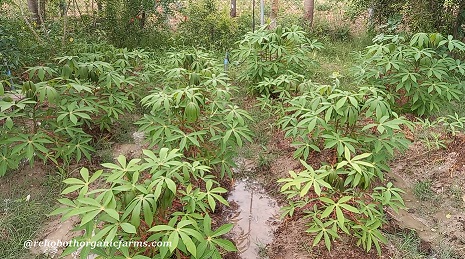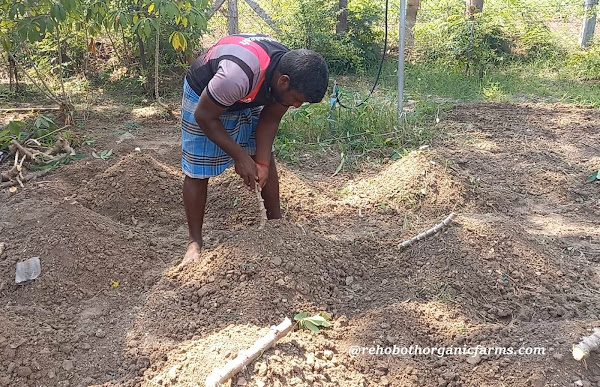How do you apply organic fertilizer Tapioca plants?

Cow Dung Manure is required in the soil for optimal growth of Tapioca plants. Tapioca require both micro and macro nutrients to get good yields and best manure will be cattle compost. This manure will restore the fertility of the soil. It will also enhance the water holding capacity of the soil and add essential nutrients such as Nitrogen, Phosphorus, Potassium, Vitamins and proteins for the soil. This compost is a nature friendly, non-toxic and best organic fertilizer for organic Tapioca farming. Apply 12 tonne of cow dung compost for once acre of Tapioca farm for better yield. Cattle compost is a highly nutrient organic fertilizer and it promotes the growth of the Tapioca plants to a greater extent. Compared to other organic fertilizer, cow dung compost is the most powerful fertilizer and it has high level of living micro-organisms that are required for optimal growth of the plants. How to fertilize Tapioca plants in the farm



